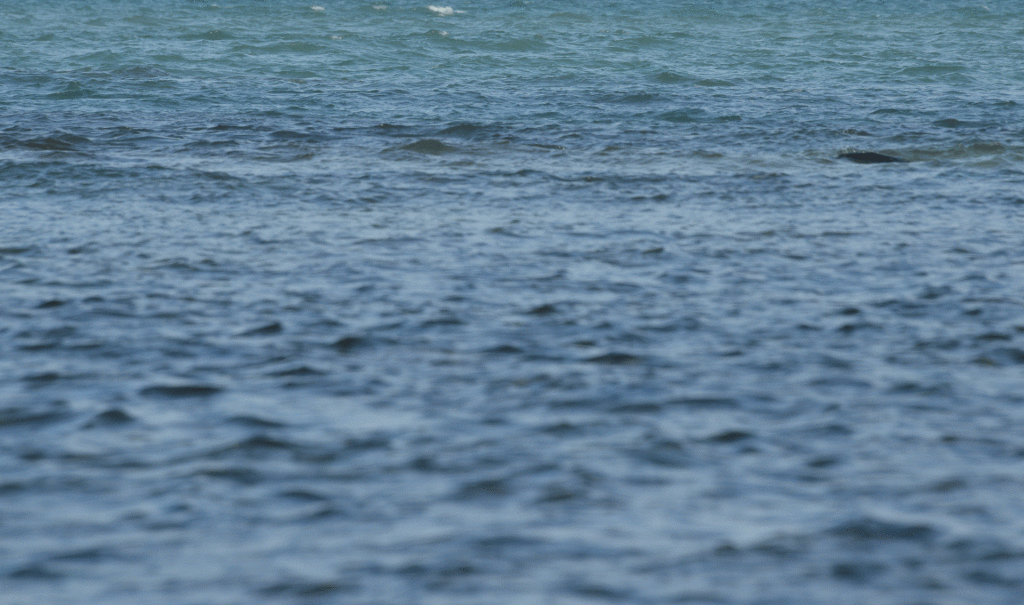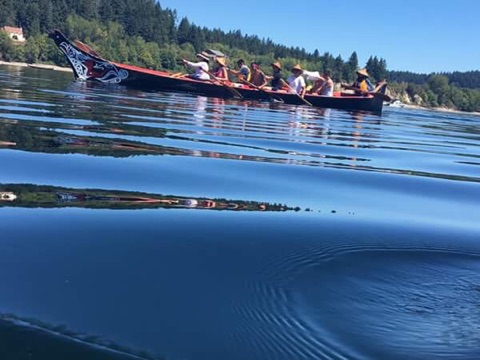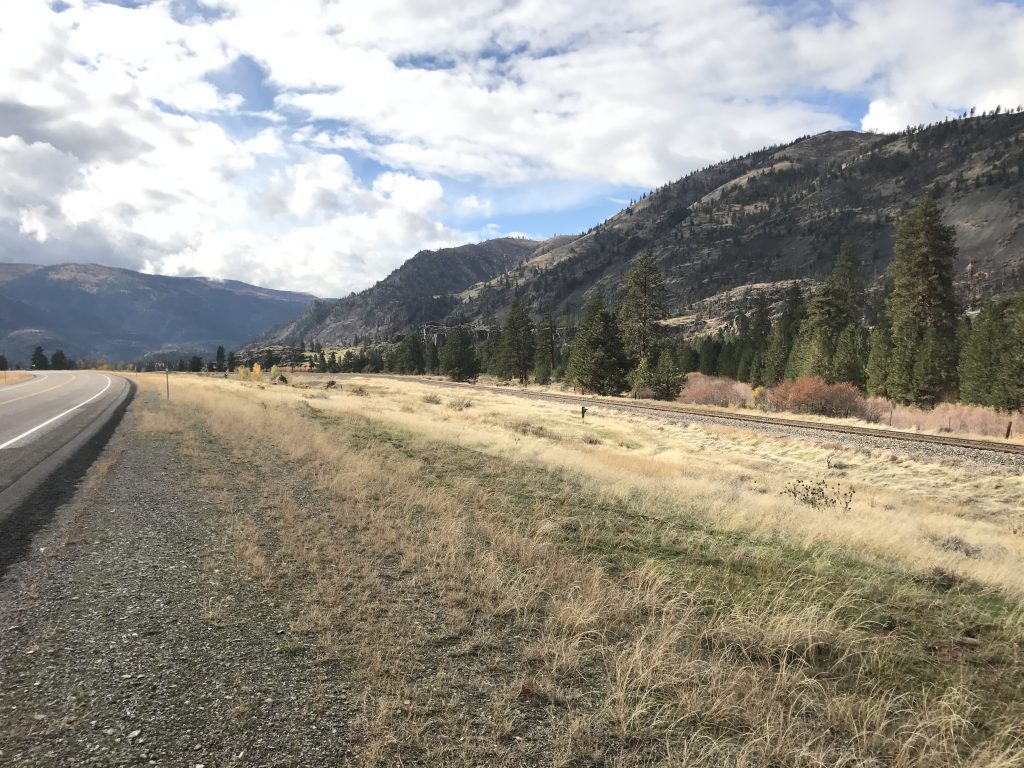News & Events
July 6, 2016
Colville Tribal NARCH launches first summer research academy
Colville Tribal NARCH, Māhina celebrate launch of summer programs with cultural exchange day
This article is reprinted with permission from the Tribal Tribune, the official publication of the Confederated Tribes of the Colville Reservation. It was posted online June 17, 2016.
NESPELEM—This is what an indigenous scholar looks like.
The Colville Tribal NARCH (Native American Research Centers for Health) program hosted Māhina, a summer research training partnership program between the University of Washington’s Indigenous Wellness Research Institute, The University of Auckland and the University of Hawaii at Mānoa, Wednesday (June 15) in a cultural exchange that brought Colville tribal members and elders as well as Native Hawaiian, Maori people of New Zealand and others to share expressions of their various cultures in the Nespelem Community Center.

NARCH Interns and Mahina Trainees ready to enter the sweat lodge. Photo credit: Tetana Adkins
The event was an emotional kick off to research efforts for 12 students currently in the Māhina program and seven Colville tribal members with x̌smrʼimstn, the Colville NARCH Program’s new summer research academy.
Next week, Māhina students will travel to Hawaii before embarking to New Zealand for eight weeks to study indigenous health and wellness within the Maori people.
Over the next ten weeks, the x̌smrʼimstn students—Justina Campbell, Pam Abeyta, Didi Baez, Kim Belgarde, Randall Gottfriedson and Kookguma Jack along with teaching assistant Sim Hay Kin Jack—will study ‘community readiness for change’ and begin to piggyback research from another NARCH study currently in process, according to Conita Desautel, student coordinator for NARCH.
“What we want to do is give the basic foundation of research,” said Desautel. “We want to ignite that fire to do research. We want to bring back Colville researchers doing Colville tribal research.”
Currently, most research on the Colville reservation is done by outside entities.
“We are trying to develop a research academy that’s run by the tribe and is useful for the tribe,” said Dr. Tom Ball, NARCH coordinator.
Both research programs have similar missions, as stated in the IWRI website, “To support the inherent rights of Indigenous peoples to achieve full and complete health and wellness by collaborating in decolonizing research and knowledge building and sharing.”
“Being with all these indigenous scholars from across the world, it’s really powerful,” said Myra Parker, associate director of IWRI Community Engagement and Outreach. “It’s really important we lay this foundation.”

Sharing in the root feast Photo credit: Tetana Adkins
“This is an amazing group of people who are going to do amazing things,” said Anjulie Ganti, IWRI/Māhina Interim Co-director of Admissions.
In the morning, the group used NCC’s sweathouse with tribal member Michael Joseph. Elders from the Colville Tribal Language Preservation Program hosted a lunch for the group that featured traditional foods of the Colville Tribes.
“We wanted the students who were visiting us to experience our uniqueness, our 12 bands, our different languages,” said Desautel.
Jewie Davis, Pauline Stensgar, Elaine Emerson, Ernie Brooks, Sharon Covington and Kenny Condon spoke for Language, representing the different languages of the Colville Reservation and explaining the significance of the traditional foods during lunch.
“Before there were humans, these foods lined up in this way to give themselves to us,” said Davis. “That’s how we gather them now through the year.”
“The traditional meal is a very important part of our tradition,” said Emerson. “We start gathering our food in early spring when the snow is just going away. Sometimes, we have to go off the reservation because some of our people aren’t from here.”
“White people have their churches and cathedrals. When we have our root feasts, we have our foods. It’s like our Holy Communion.”
“My family sits in front of you, my Indian food,” said Condon. “All the food you see is our Indian medicine, our circle of life. We want to keep that in mind because it was taken from us years ago.”




